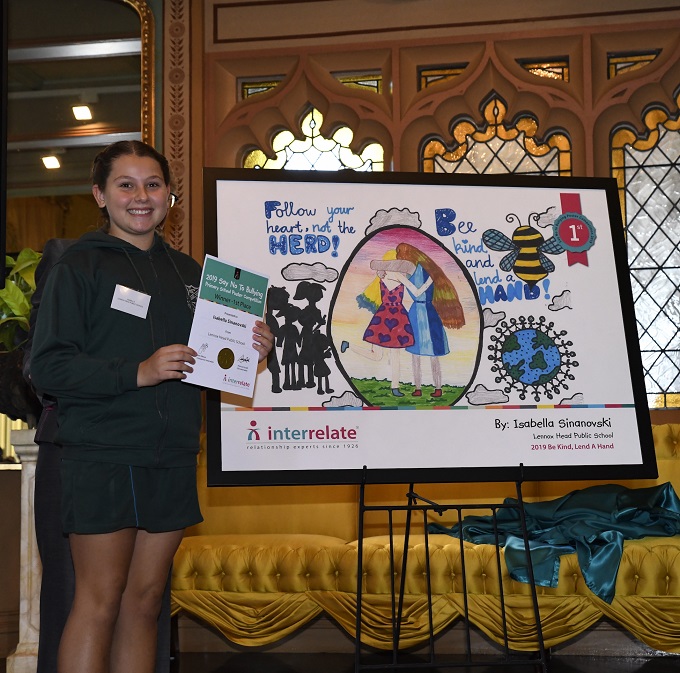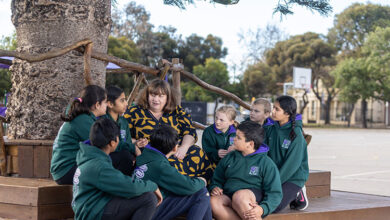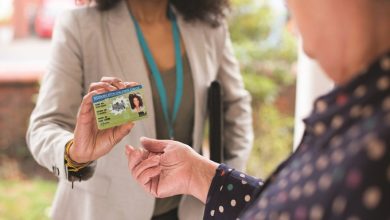
The NSW Government’s decision to ban mobile phones in all NSW public schools has improved student learning, concentration, and encouraged young people to socialise more, according to a new survey by the NSW Department of Education.
Read the latest print edition of School News HERE
One year on from the change, a survey of almost 1000 public school principals found almost universal support for the ban, at 95 percent, and most say removing the unnecessary distraction has improved students’ focus and reduced social isolation.
The NSW Department of Education’s Centre for Education Statistics and Evaluation survey further found:
- 81 percent say students’ learning has improved since mobile phones were banned
- 87 percent of principals say students are less distracted in the classroom since mobile phones were banned
- 86 percent of principals say socialising has improved since the mobile phone ban
Since the ban was implemented at the beginning of Term 4, 2023, public schools across NSW are continuing to report widespread benefits.
At Riverstone High School, Principal Rosemary Daubney said students are more focused during class time, and at recess and lunch are now socialising with one another. Sport is now popular, with students taking up touch football and basketball.
At Kurri Kurri High School, Principal Alan Hope said the universal policy had provided staff support in leading settled and focused classes. Students were now engaged in lunchtime sporting competitions, reading and chess clubs.

Banning mobile phones in schools is part of the NSW Government’s ongoing work to address the harms posed to young people by social media. Initiatives in this space include:
- Partnering with the South Australian Government to host a Social Media Summit, exploring new public health responses to minimise the harms caused by social media.
- Launching the Spotlight on Cyberbullying website in collaboration with the eSafety Commissioner Julie Inman Grant to support parents, carers, teachers and schools with evidence-based resources to address cyberbullying.
- Launching a $2.5 million research fund to investigate the impacts of excessive screen time, video games and mobile phone use on young people and their learning.
- Delivering new syllabuses for teachers explicitly addressing respectful relationships, online safety, cyberbullying, consent education and online harassment and abuse.







